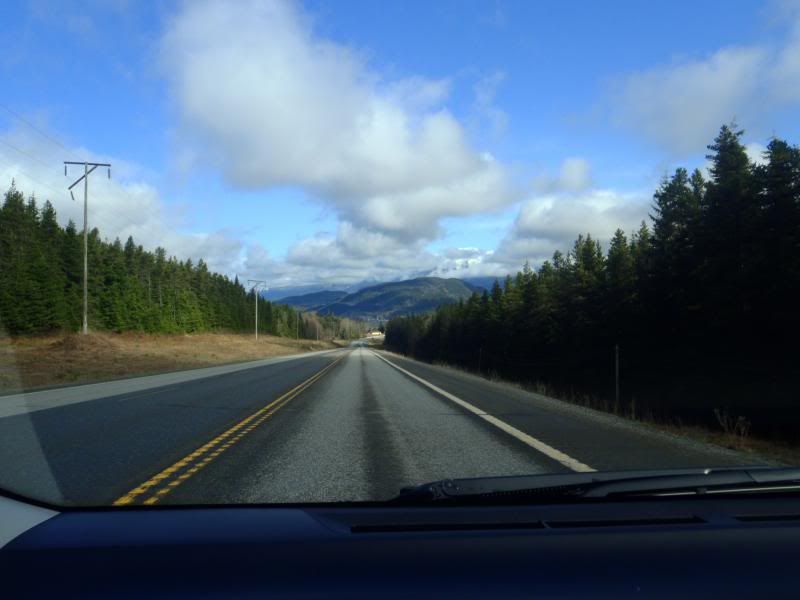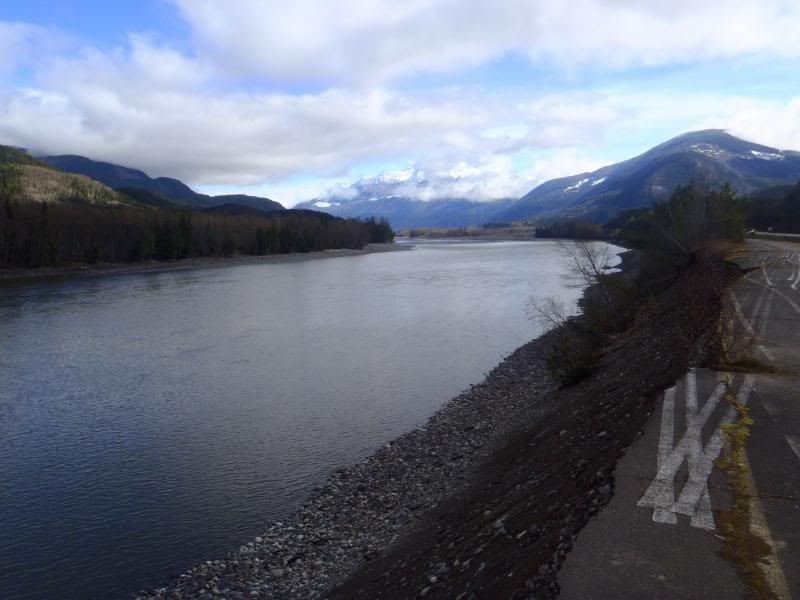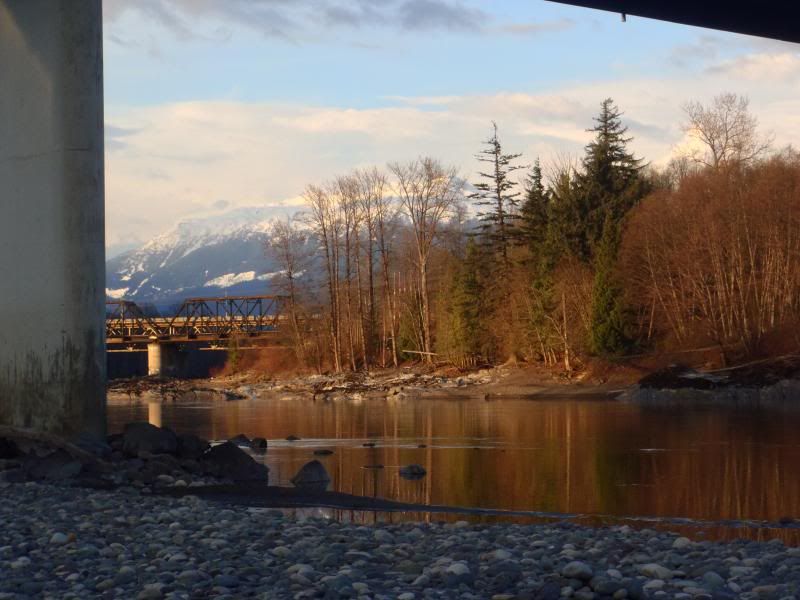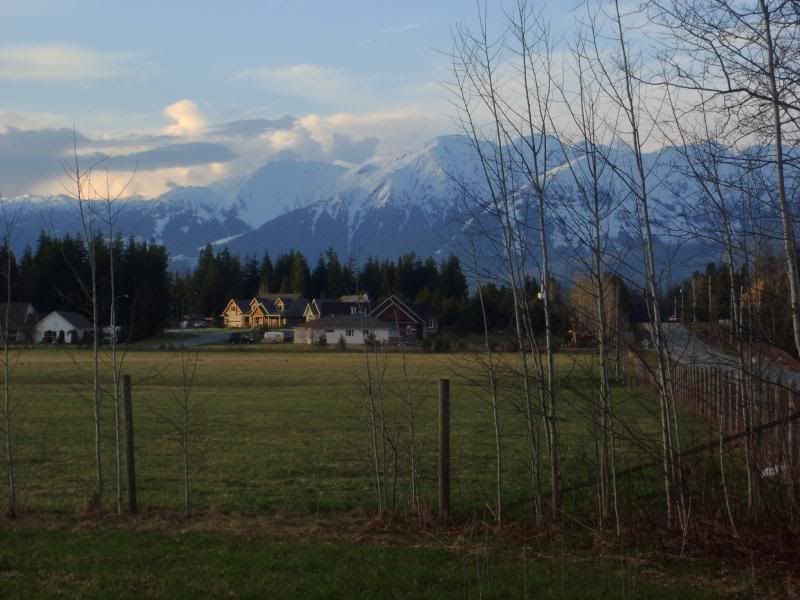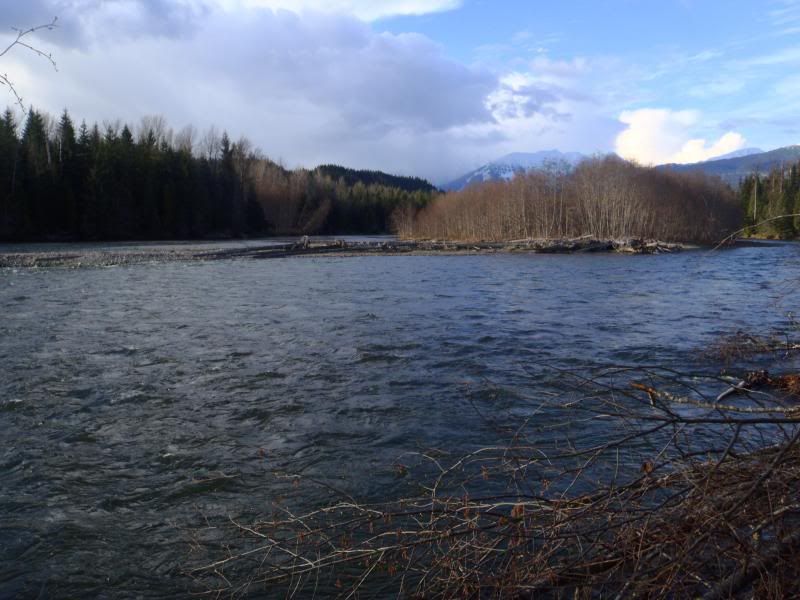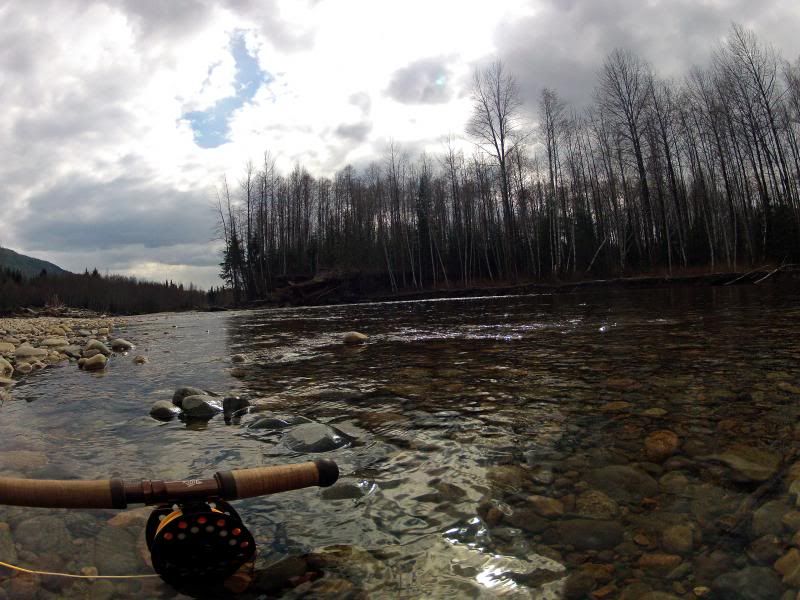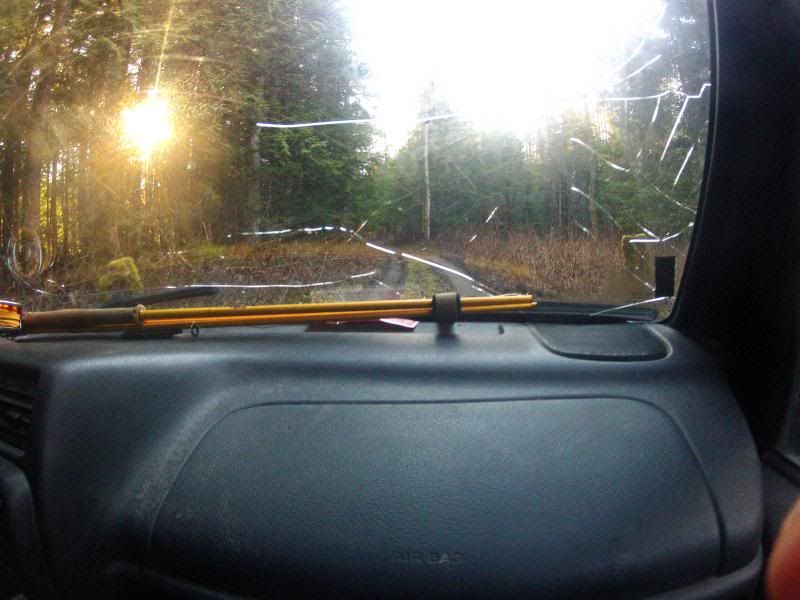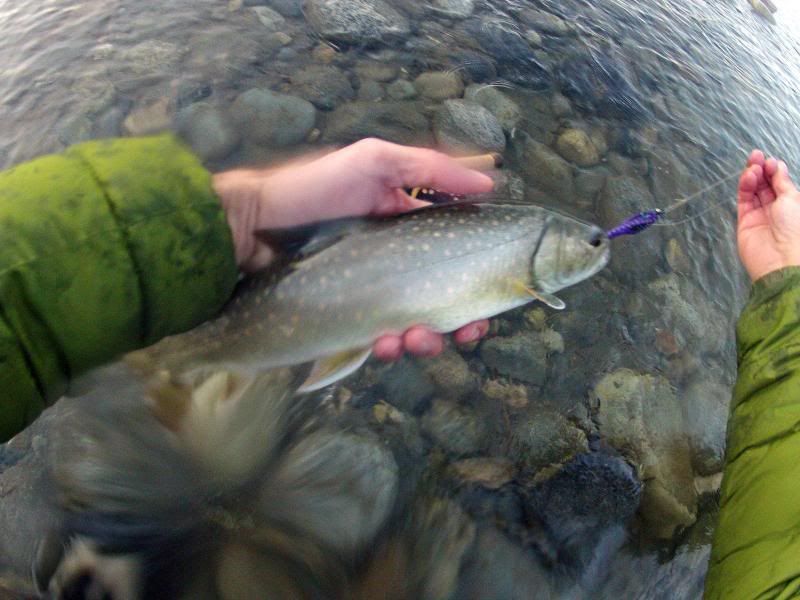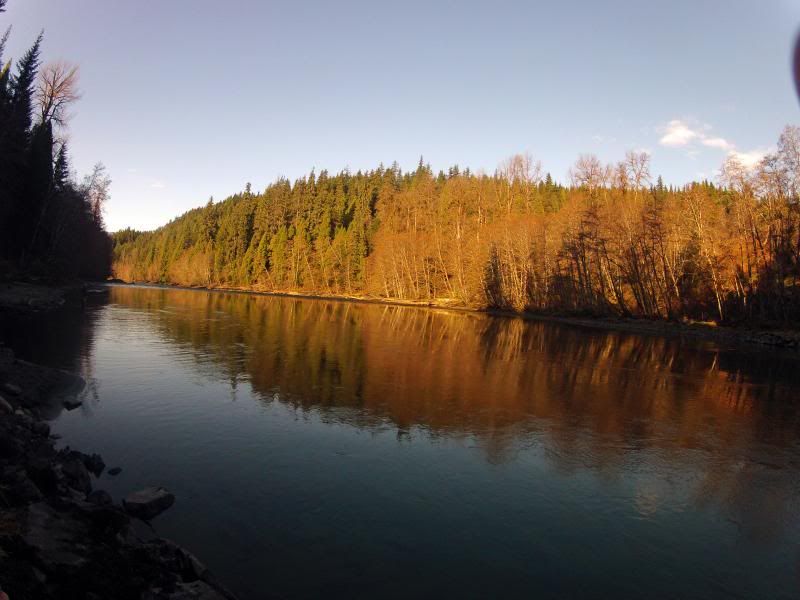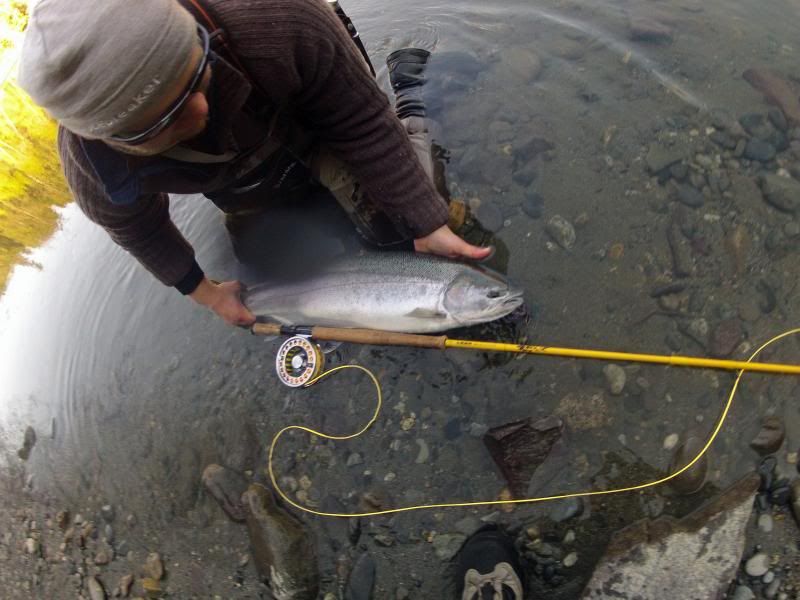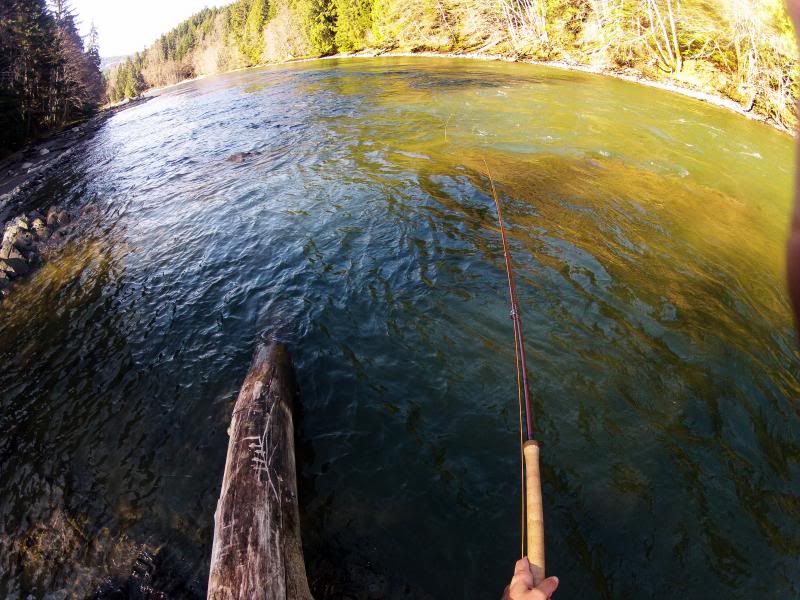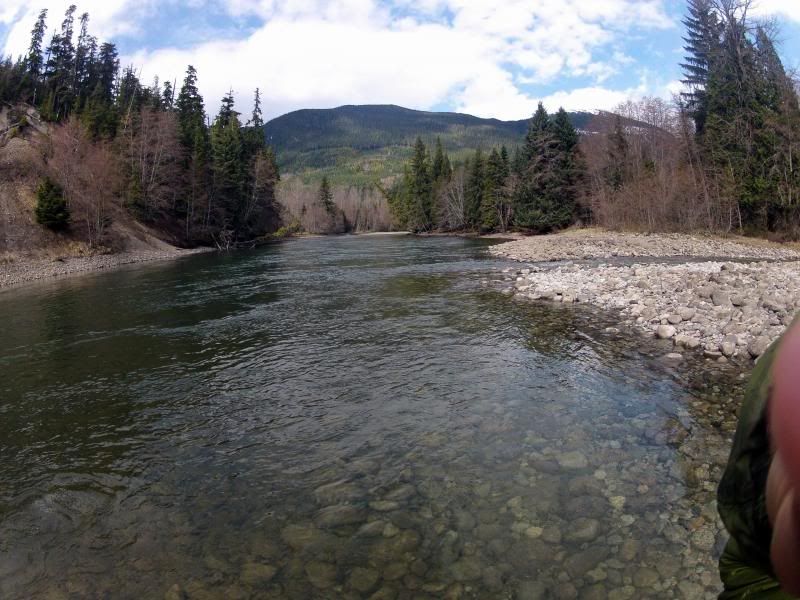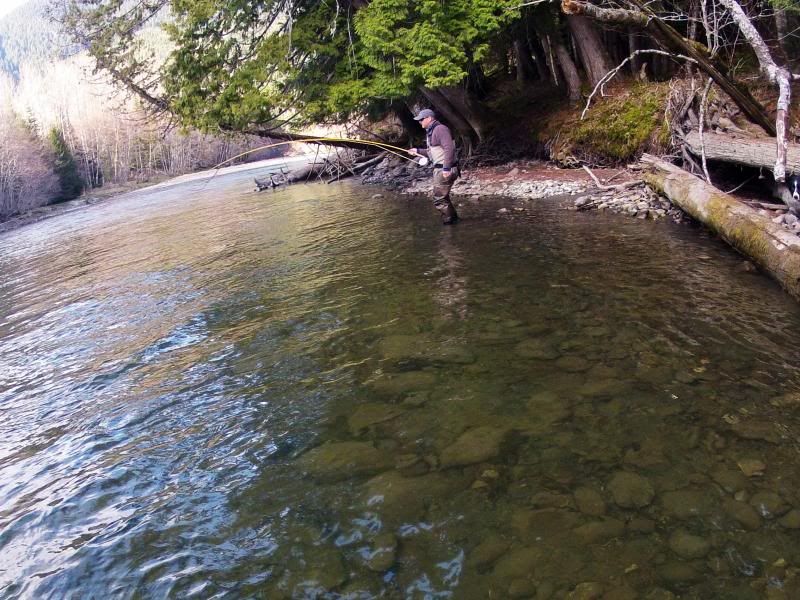This year for me was remarkable for doing what I like the most - exploring new fishing opportunities. I had a similar feeling when I
was learning about Great Lakes Steelheading and mapping the rivers and
creeks of Southern Ontario. "Do It Yourself" fishing in a new place almost always involves lots of energy spent for not so many fish caught. However, such an effort is rewarded with a higher level of satisfaction every time you do catch fish. Many days are not productive and I feel motivated to recycle my tactics, and search
for new approaches and spots. “Do what you
gotta do..." is the motto. As a matter of fact, we learn more when the fishing is
challenging than when the fishing is easy. If there were always certainties in
fishing, I would not be attracted to this sport.
It is important to highlight the fact that Montreal is a
river island. The Saint Lawrence River and the Prairies River surround the
island and offer good opportunities for cool water species such as Pike, Muskie
and Smallmouth Bass. However, considering that the Bass season does not open
until the middle of June in Zone 8 and 9 (which encompasses most of Montreal and
surrounding areas), I decided to start my fishing exploration on the trout
streams of Zone 8 close to the border with USA. I would recommend for
someone who is searching for trout around Montreal to also obtain a New York fishing
license from DEC fisheries. The upstate NY is just a short drive south (one and a half hour) and has plentiful of trout streams originating on the
Adirondack Mountains that flow north to the Canadian border, not to mention the
tributaries of the Lake Champlain. The DEC fisheries of NY have an amazing
system with landowners to ensure access to prime fishing waters called Public
Fishing Rights. On the Quebec side, associations of fly fishermen like TUCanada
(Trout Unlimited Canada) have been putting a good effort to maintain quality trout
fisheries, such as the Chateauguay River, where the focus is on wild trout and
stream rehabilitation.
 |
| A Backroad Mapbook is always a good way to start exploring |
 |
| TUCanada has granted access to some pristine waters on the Canadian Side (pic by Carlos Salatti) |
Spring
The zone 8 in Quebec remains open year round
for trout. In May, there is also the Pike opener, which I did not explore much,
but my fishing buddy Carlos Salatti, who is also in his first year here, went
for these toothy creatures and found some good spots on the Saint Lawrence.
 |
| My friend Carlos Salatti with his first Canadian Pike! |
Due to its proximity to Montreal, Most of my effort in the beginning of the season was on the Chateauguay River. I fished both, the Canadian and the USA side. I have also spent some time fishing a few creeks close to the village of Chateauguay in the USA side and Huntingdon on the Quebec side, but due to the difficulty of access and fragility of these systems I prefer to do not mention any of them specifically here, for they are wild trout nurseries.
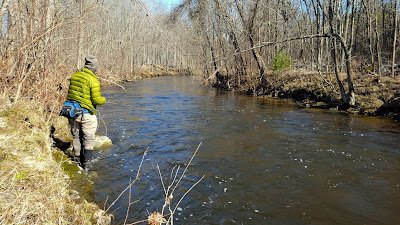 |
| DIY Exploring a creek after the run-off (pic by Carlos Salatti) |
My first impression of the Chateauguay River was that it is
a very challenging river. A series of pocket water and fast runs requires heavy nymph fishing. Some runs I prefer fishing with a strike indicator while the deep pockets I prefer high sticking it. To use or not to use split shots is a personal choice but I found it very difficult to proper present a fly here in the spring without the use of a split shot. The trout here is big but sparse, mostly
12-16in, with some 18 inchers to be found, said to be a mix of a small wild population
and stocked trout from NY that travels downstream (north). My first trout of the season
came from the US side and it was a well-fed 17in brown caught close to the
boarder. Although that trout might have been a result from the US stocks, I
could not tell the difference on the fight when compared with many other wild
trout that I caught. A good brown is still a good brown!
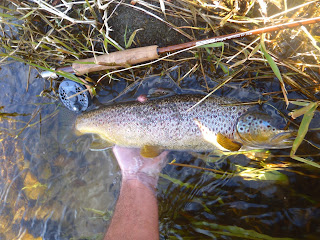 |
A healthy spring brown
|
With the levels of the river lowering after the runoff, caddis and stoneflies started to emerge and the trout got my active on the Canadian side. It is important to keep in mind that the trout
here must see the fly in fast water, so as far as my limited experience on this
river allow me to say, fish are not very interested in size twenty four match the hatch nymphs…I
remember one day specifically in May when I found a very productive pattern
that resulted in a big brown (unfortunately, not landed) and a good number of rainbows in the mix. The size of the rainbows indicated that they were over-wintered fish as opposed to recently stocks that happened in April on the USA side. There is also a good population of suckers, shiners and fallfish in
the river. Even though they are not as fun to catch as trout, these fish must
be respected for providing a good source of food for trout with its flesh and
eggs. They also establish an interesting hierarchy on the food chain, removing
small invertebrates from the bottom that trout also feed on.

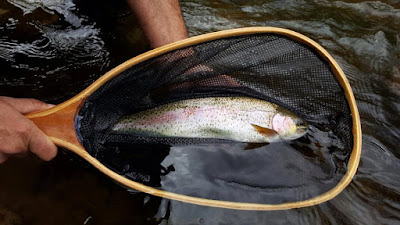 |
| A healthy over-wintered rainbow! |
I also visited the Ausable River early in the
spring with my friend Walter Bartoletti, but the water was still very cold and
we did not have much action, except for a couple of rainbows that were probably stocked in April. A trout stream takes
time to learn it and, again, most of my energy on my first season in Montreal
was focused on the Canadian side streams.
 |
| Nymphing the cold waters of the Ausable River (pic by Walter Bartoletti) |
 |
| That rainbow was probably a result of a recent DEC fisheries stock. |
When the trout season finally opens in late April in Zone 9,
the Diable River is still quite high from the run off, but it does not take
long to get in good shape and offers some of the best dry fly action as June
approaches. Although the browns here are mostly stocked, I was really impressed
how these trout are surface oriented and some good fourteen inchers over-wintered' trout will
rise from the bottom of fast runs to hit classic dry flies. Although big trout are hard to find here, there are reports of some eighteen inchers being sporadically. Still, considering the quality of the scenario and the abundance of trout, this is a truly blue ribbon stream. The good numbers of trout is the result of a serious effort from members of the club Les Mouchers Endiables to maintain that fishery. I
have only seen similar quality of dry fly action here on the "east" in the upper Grand River in Ontario, which is,
not coincidentally, managed in a similar way with special regulations.
 |
| Connected with a Brown trout that could not resist a well presented dry fly! |
 |
Possibly a wild "Quebecois" brown!
|
 |
The biggest brown of a very productive day!
|
 |
| The first Canadian Brown of my friend Carlos Salatti |
In late May and beginning of June, I brought my switch rod
to the Saint Laurence rapids hoping to find the odd big browns and rainbows
that were once stocked in this area but, apparently, that fishery is long gone
since there are no stocks currently in action. Even though this is a topic that
deserves to be reviewed according with a few anglers that I talked to, it seems
that many specialists are opposed to the stocks, claiming that it is not worthy to risk wild Salmon
populations farther downstream. They are probably right.
It is a fact, however, that the Saint Laurence rapids were once a corridor for migratory salmonids and, of course, I would love to have
such a fishery just a few minutes from home.
 |
| Bombing a fly with a switch rod on the Saint Laurence |
 |
| Could the Lachine rapids still support a population of migratory trout? |
Summer
If there is one thing that I like about DIY fishing is the
people that I usually meet on my exploratory journeys. This is how I became
friends with Walter Bartoletti who is, coincidently, also a Brazilian living in Canada! Together
with Carlos Salatti, who already knew me from old reports of Steelhead fishing in
Ontario, we form a group of friends who share a passion for fly-fishing
and are willing to discover what our new neck of the woods has to offer. We
hope to get connected with local anglers and participate in the conservation
and improvement of these fisheries. Above all, we are conscious fly fishers who prioritize the well-being of each fish we catch.
With the opening of the Bass season in the middle of June
and the Saint Laurence River lowering to perfect wadeable levels, some of the
best time of the year to fish just a few minutes from home starts. The number of
species is numerous but the main attraction is the big Smallmouth Bass that are
found in shallow water after the spawning season. If there is such a thing as a
“Smallmouth Bass run” that would be it. Bass here can be found just about everywhere
you go this time of the year, but the really fun for me is to swing flies for
them in fast water. Looking for flats bellow white water on Google maps is a good way to start. Any crayfish imitation will produce lots of Bass this time
of the year. The fish will also key on minnows and leeches imitation sometimes. Additionally,
this is also a perfect time to skate bulky deer hair flies for Bass while wet
wading close to the banks. Sometimes, you forget that you are in the
middle of a big urban center. It is like being transported to the Caribbean
flats and come back home for lunchtime. The Saint Laurence is definitely a Smallmouth
Bass paradise!
 |
| Double-headers |
 |
| Wet wading for Summer Bass |
 |
| Bass caught on a skater |
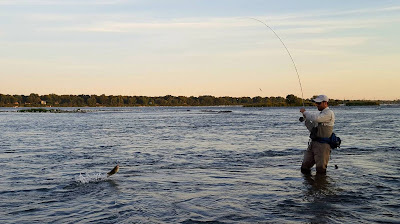 |
A feisty jumping Bass (pic by Carlos Salatti)
The Little Big Trout
|
One thing that I was wondering since the beginning of the
season was if the Chateauguay actually has any wild trout population. I have even
called DEC fisheries to know if they had any data regarding the strain of this trout.
Although they do not have recent data on it, they told me that there is a small
wild population of trout in the mix with the domesticated strain. Some spawning also occurs in the tributaries of this
region. Every Spring DEC NY stocks browns from eight inches up to fourteen inches. So catching a
trout under eight inches in the Summer became essential for me to prove that such a wild population does exists. It was during a huge White Fly hatch, right before dusk, that I caught
one of the most important trout of the season: an under 8in wild brownie!
 |
| That little brown was a proof that natural spawning does occur in this system |
Autumn
With the cooler nights and the first drops of rain the local rivers started to refresh and the trout were definitely happy with that. This always remember me of a Mexican guide that used to point me bonefish feeding in the flats "Look there, Bruno, ten o'clock, happy fish, happy fish! Cast, cast!" Having said that, there is nothing like fishing for happy fish that is feeding actively. My first Grand Slam of trout came on a situation like that. No, I was not seeing them like I saw the bonefish on the flats. But they were definitely happily feeding! I imagined how good it would be if there were more restricted regulations for trout fishing in Zone 8 streams.
 |
| Trout fishing after a good rain |
 |
| An early fall brown |
 |
| A hungry brookie |
 |
| And a nice little rainbow! |
On the USA side, there is a fall run of Landlocked Salmon in
the Lake Champlain tributaries. Since I have only tried this fishery a couple of times, it
is still hard to me to determine its quality. Having said that, I found the Saranac River in Plattsburgh to be a good option to swing a "clean" fly under special regulations, at least that should keep most of the snaggers out of the game.
 |
| Swinging a fly in Plattsburgh |
In the state of New York, the trout season closes at Oct 15
th . However, most administrative regions have options to fish for trout under special
regulations. This provides a good number of fishing opportunities to those disposed
to cross the boarder in search for trout in beautiful fall settings.
 |
| Nymphing a creek in the Adirondacks. (pic by Walter Bartolette) |
 |
| Fall brookie |
As a Steelheader who used to live in Toronto, I still miss the possibility to fish
for fresh lake run fish in the fall just a short drive from home. The closest Steelhead
fishing options for Montrealers lies on Jefferson
county in upstate New York streams. this is also a good option for late fall and the warmer days of the winter.
 |
| Fishing one of the creeks east of the Salmon River |
 |
| And the famous Salmon River as well! |
There are still many fishing opportunities around Montreal that I need to discover, but as they say on my work place "one thing at a time". The administrative Zone 6 in Quebec also offers many options and a few sections have a winter opening for trout, but I did not have the time to explore this zone yet. There are a whole new world to be discovery for Muskie fishing on the Saint Laurence river that I will need to figure it out. For those coming here for the first time I would recommend the service of a good guide. Although I don't personally know any guide here, I am sure that Philip Short would be the guy that would short cut your path to catch a trout around here. Additionally, even though I ahve not tried Atlantic Salmon this year, I intent to do explore this fishery next summer. What I really like about this area is the fact that you can enjoy a mix of classic "eastern" trout fishing, but also some excellent coolwater and warmwater fishing. I hope to be back here on The Fly Explorer blog with great fishing news next year. We keep in contact!
 |
| Add caption |
Useful Links:
Fishing Regulations Quebec:
http://peche.faune.gouv.qc.ca/?lang=en
Trout Unlimited Canada - Quebec Chapter:
http://tucanada.org/quebec-chapters/
Diable River fishing association (club):
http://moucheursendiables.com/
Fishing guide in Montreal:
https://www.facebook.com/philip.short.31?fref=ts&ref=br_tf
Facebook fly fishing group Peche a La Mouche Quebec =
https://www.facebook.com/groups/palmqc/
Public Fishing Rights New York:
http://www.dec.ny.gov/outdoor/9924.html
Chateauguay River water level:
http://www.cehq.gouv.qc.ca/Suivihydro/graphique.asp?NoStation=030919
Diable River water level:
https://www.cehq.gouv.qc.ca/suivihydro/graphique.asp?NoStation=040238




































